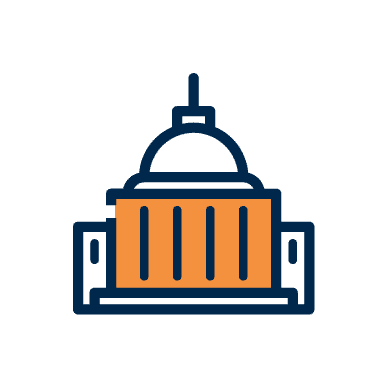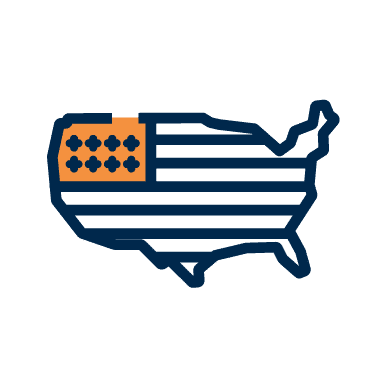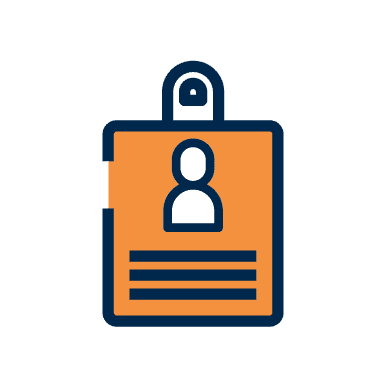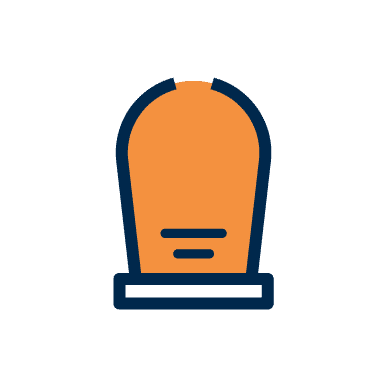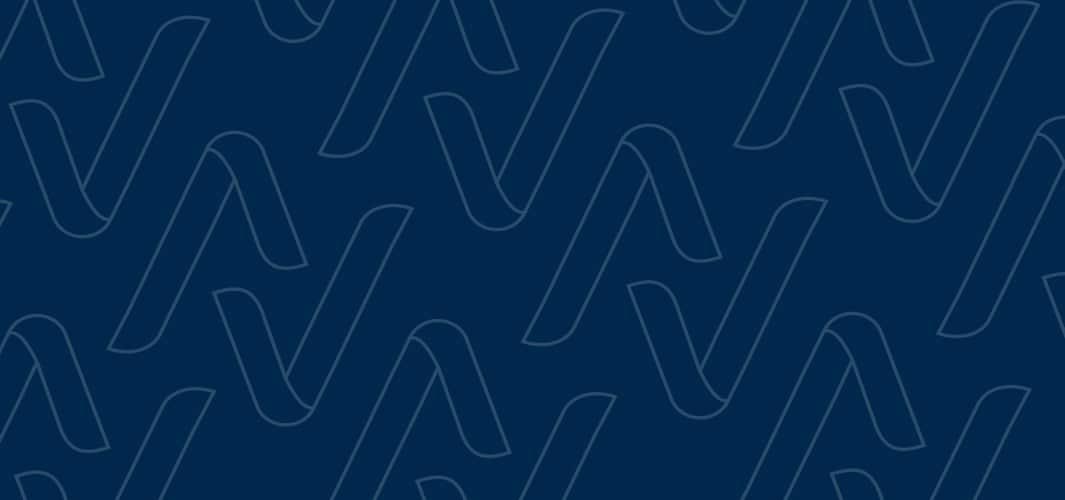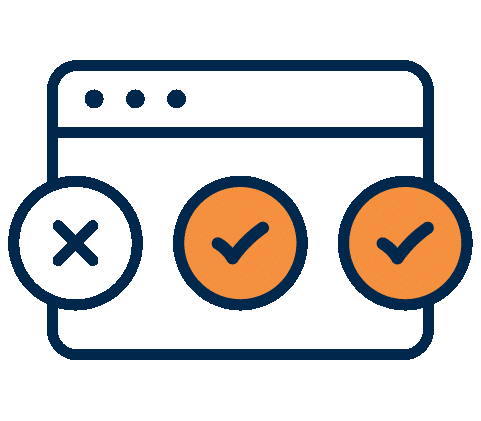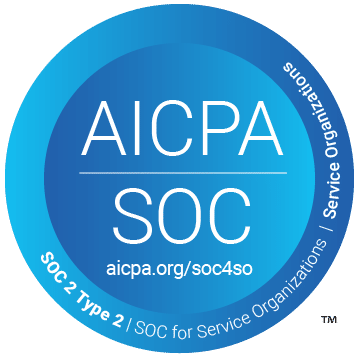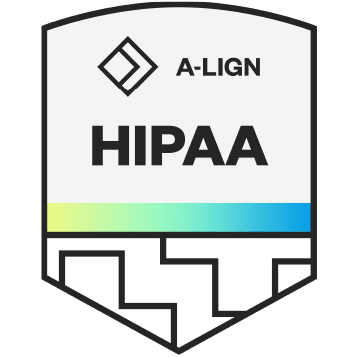Along with significant scientific and medical challenges, COVID-19 has also revealed significant fraud-related challenges. Some are novel and some are variations on age old schemes. This article addresses Coronavirus fraud risks and challenges in the provider arena.
COVID PANDEMIC REGULATORY WAIVERS
When COVID first struck in early 2020, CMS and various state health care regulators realized that, with rapidly emerging resource and infection control constraints, office visit availability would be significantly curtailed. It appeared that Americans needing routine care and follow up would be unable to receive care in the face of the scramble to enhance infection control, understand the virus from a scientific perspective, and implement other safety protocols to protect both patients and care providers. CMS and the California Department of Public Health (CDPH) as well as other state health care regulators responded to these emerging challenges by easing or issuing waivers related previous regulatory restrictions. For example, for telemedicine, CMS eased restrictions and reimbursement limitations. Telemedicine, including office visits and telephone visits, are now reimbursed in a manner consistent with live office visits. Moreover, many providers are seeing the benefits of legitimate telehealth visits for both patients and providers. Providers have urged Congress to make the telehealth care coverage by CMS permanent.
As of April 8, 2021, many of these blanket waivers appear to be at least semi-permanent. These range from telemedicine coverage to staffing ratios. However, this prompt and comprehensive relaxation of certain obligations, as well as the Public Health Emergency (PHE) in general, also created enhanced fraud control risks.
Additionally, on January 14, 2021, the Department of Justice announced recovery of over $2.2 billion in settlements and judgments from fraud and False Claims Act cases in the previous fiscal year. Over 80 percent of False Claims Act recoveries in FY 2020 came from the settlement of DOJ healthcare fraud and enforcement actions. This includes the largest number of government-initiated cases against healthcare entities in United States history.
TELEHEALTH FRAUD
At the same time that it represents novel opportunities for enhanced patient care, telehealth also creates enhanced opportunities for fraud. For example, one telehealth fraud scheme involves telehealth companies that use marketing techniques to lure unsuspecting patients to share personal health information. These bogus companies then transfer the patient to a provider for a consult. These telehealth visits are often related to prescriptions for services or supplies that are not medically necessary. Then these companies often buy these prescriptions and sell them to other DME, laboratory or pharmacy companies. Once the items are billed to the government, the providers are paid a kickback. This scheme or related variations existed prior to the pandemic, but telemedicine enhances opportunities associated with this type of fraud.
OTHER COVID-RELATED FRAUD SCHEMES
Additionally, smaller-scale fraud and abuse activities involving COVID-19 create fraud risks related to telehealth. These are variations on fraud schemes that the government has been investigating and prosecuting for years. They include but are not limited to:
> Kickbacks for participating in a COVID survey. Often this is a scam designed to unlawfully capture consumer personal information that may later be used to fraudulently bill Medicare or private payers.
> Billing fraud, such as billing for a higher level of care than was provided, or billing for telehealth visits that never took place.
> COVID-19 vaccine scams where scammers are taking advantage of those searching for vaccine opportunities and charging for vaccine appointments that are free or do not exist.
In addition, while HHS OIG regularly conducts audits and investigations into potentially fraudulent or abusive practices, given the additional fraud risks associated with the pandemic and telehealth, in 2021 the OIG has 7 different audits scheduled related to telemedicine. These audits will review remote patient monitoring, virtual check-ins and e-visits.
PROVIDER INSIGHTS
Providers must use caution during this conundrum of relaxed rules and enhanced scrutiny. Unfortunately, these challenges come at a time when many providers are facing serious revenue challenges due to significant suspension of non-urgent surgical activities in 2020. All providers, including physicians, ambulatory, and acute care providers should:
> Communicate clearly and accurately with patients who may also see fraud related alerts, so they don’t mistake an appropriate communication from an unknown entity for a scam. It is also important to describe how patients will be contacted for care and services.
> Ensure that all telehealth visits and services are accurately documented and medically necessary.
> Stay current on the current status of waivers and guidance. With the science and status of COVID spikes and variant strains of the virus, rapidly evolving, COVID related regulatory activity continues to change frequently.
> Report all COVID related fraud encountered by providers.
REPORTING CORONAVIRUS FRAUD
For more information on fraud schemes and reporting COVID-19 fraud please see:
DOJ Guidance: https://www.justice.gov/coronavirus
FBI Guidance: https://www.fbi.gov/coronavirus
DEA Guidance: https://www.deadiversion.usdoj.gov/coronavirus.html
HHS OIG Guidance: https://oig.hhs.gov/fraud/consumer-alerts/fraud-alert-covid-19-scams/



